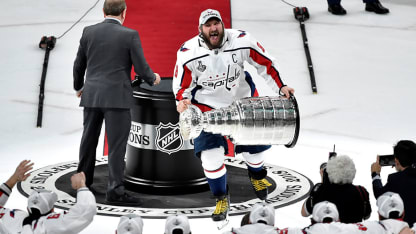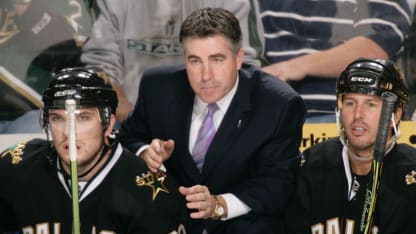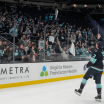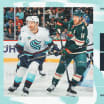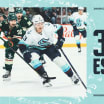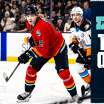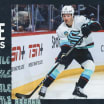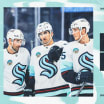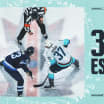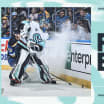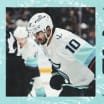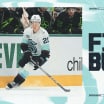Ok, Seattle NHL fans-let's get our heads in the game for when the first 2019 Stanley Cup Playoff pucks drop April 13.
We consult former NHL goalie and current NHL Network analyst Kevin Weekes for his take.
"For young stars [under 23], oh man, there are so many," says Weekes, whose parents emigrated from Barbados and raised Weekes in the hockey hotbed of Toronto. "There's Mathew Barzal of the New York Islanders [and formerly of the Seattle Thunderbirds mind you], Jake Guentzel in Pittsburgh, I like the Tampa's young goalie, Andrei Vasilevskiy. Toronto has a bevy of young stars… Auston Matthews [the American wonder who grew up in Arizona] and the defenseman Morgan Rielly, who I think is going to win the Norris [Trophy, for the NHL's best defenseman] this season. In the West, Calgary has young studs like Sean Monahan and Matthew Tkachuk."
As a player, Weekes says he thinks the 1992 crowds in Carolina were the noisiest and most supportive he heard as a home-ice goalie. This postseason, he touts Nashville and Vegas as the two fan bases and arenas as the "loudest and most fun inside and out."
NHL Seattle fans, we take that as a challenge.
"Nashville is like a [college] basketball barn," says Sam Flood, the NBC Sports chief. "They have the chants, they go after the goalies and have the catfish tradition."
Uh, catfish? Long story, but basically fans throw a catfish on the ice before games as a good luck wish. The catfish can be store-bought or maybe fished from the local Cumberland River. How did this start? Because Red Wings fans threw octopi on the Detroit rink as the first seafood appetizer of good luck-and Nashville's early days of expansion included Red Wings fans who had retired down South. Uh, octopi? Another long story, gotta go.
Dave Tippett, who certainly endorses that Seattle's New Arena at Seattle Center becomes the noisiest postseason in 2022, adds the Winnipeg Jets' arena to the noisy list: "As a coach and player, they let you know you are the enemy."
For his part, Kevin Weekes predicts the 2019 Stanley Cup will be a repeat matchup of the Vegas Golden Knights and Washington Capitals and star Alex Ovechkin, who just notched his eighth 50-goal season (see highlight below). "Oh, there's Ovi, the great number 8 who just scored 50 goals in the regular season for the eighth time," you can casually remark to friends and loved ones while watching the playoffs on NBC and NBCSN.
